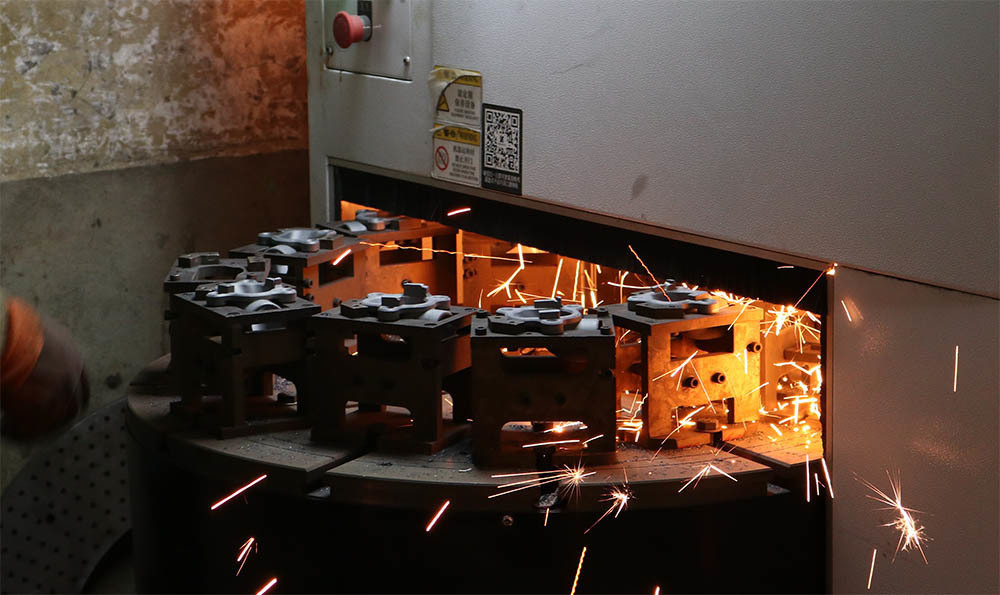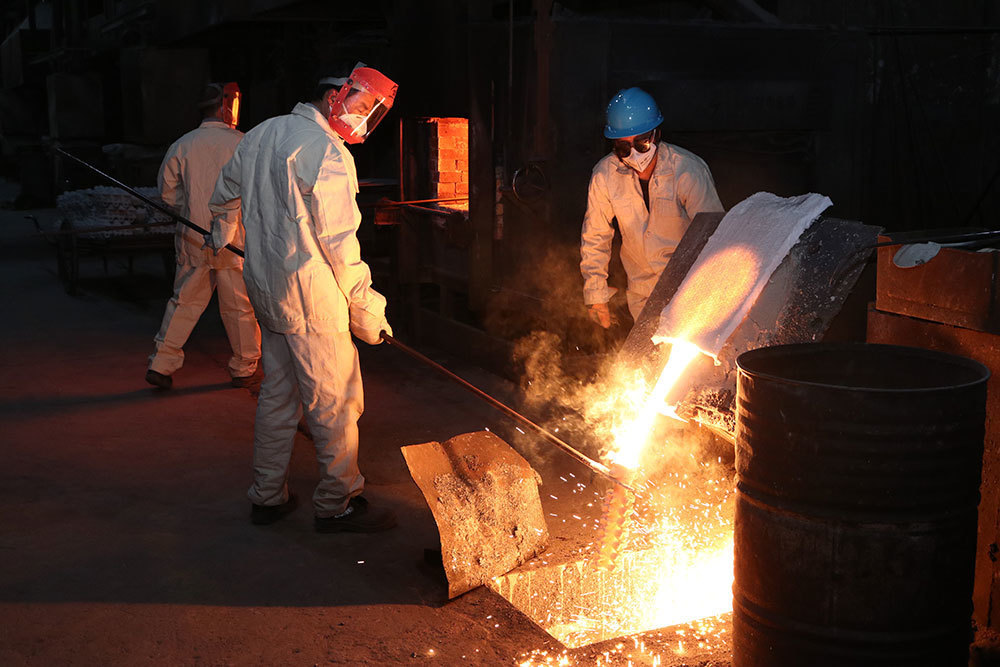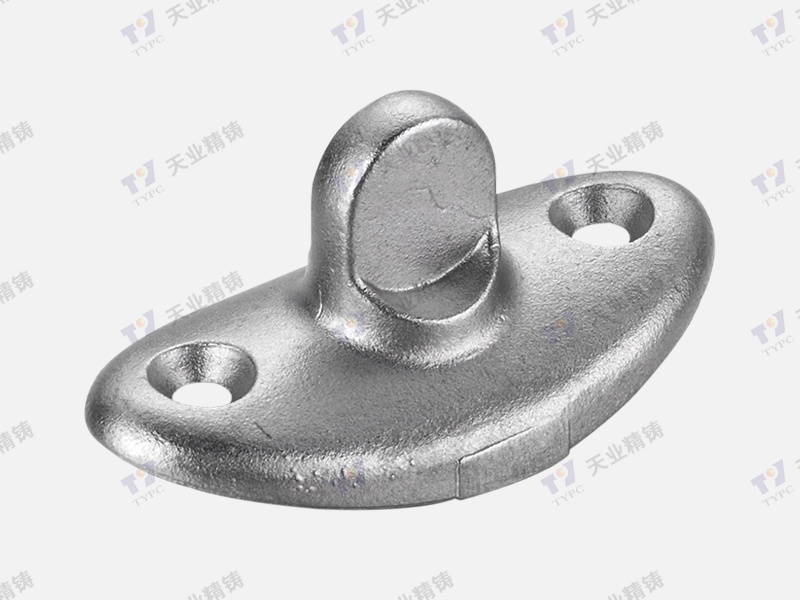2025-06-06
Innovations in Brass Power System Parts Driving Industry Growth
Innovations in Brass Power System Parts Driving Industry Growth
Introduction to Brass Power System Parts
In the realm of **industrial equipment and components**, brass has emerged as a fundamental material for power system parts. With its unique properties, including corrosion resistance, thermal conductivity, and malleability, brass is essential in manufacturing various components. The ongoing innovations in this sector are reshaping not only how these parts are designed and produced but also how they contribute to overall industry growth.
The Role of Brass in Power Systems
Understanding Brass and Its Unique Properties
Brass is an alloy primarily made of copper and zinc, and its properties make it an ideal choice for various industrial applications. The advantages of using brass in power systems include:
- **Corrosion Resistance**: Brass components can withstand harsh environmental conditions, extending their lifespan.
- **Thermal Conductivity**: Effective heat transfer is crucial in power systems, making brass an excellent choice for applications requiring temperature management.
- **Versatility**: Brass can be easily cast, machined, and formed, allowing for the creation of complex parts tailored to specific needs.
Applications of Brass in Power Systems
Brass is utilized in numerous components, including:
- **Connectors**: Ensuring reliable electrical connections.
- **Valves and Fittings**: Regulating flow in hydraulic and pneumatic systems.
- **Switchgear Components**: Essential for controlling and protecting electrical systems.
Innovative Technologies in Brass Manufacturing
Advanced Manufacturing Techniques
The advent of advanced manufacturing techniques has transformed how brass parts are produced. These innovations include:
- **3D Printing**: Allowing for rapid prototyping and customization of designs.
- **CNC Machining**: Enhancing precision and efficiency in production.
- **Casting Innovations**: Techniques like investment casting improve material properties and reduce waste.
Smart Manufacturing and IoT Integration
The integration of **Internet of Things (IoT)** technologies is revolutionizing the brass manufacturing process. Smart factories equipped with IoT devices enable real-time monitoring and data collection, leading to:
- **Improved Quality Control**: Continuous monitoring ensures that each component meets stringent quality standards.
- **Predictive Maintenance**: Identifying potential issues before they lead to equipment failures, reducing downtime and maintenance costs.
- **Enhanced Supply Chain Management**: Real-time data facilitates better inventory management and resource allocation.
Sustainability in Brass Power System Parts Production
Eco-Friendly Manufacturing Practices
As industries strive for sustainability, brass manufacturers are adopting eco-friendly practices. These include:
- **Recycling Initiatives**: Brass is highly recyclable, reducing the need for new raw materials and minimizing environmental impact.
- **Energy-Efficient Processes**: Implementing energy-efficient technologies in production reduces the carbon footprint associated with brass manufacturing.
Life Cycle Assessment of Brass Components
Conducting a life cycle assessment (LCA) helps manufacturers understand the environmental impact of brass components from production to disposal. By evaluating factors such as energy use, emissions, and resource depletion, companies can make informed decisions to improve sustainability.
The Impact of Innovations on Industry Growth
Market Trends and Opportunities
The innovations in brass power system parts are driving significant market trends, including:
- **Increased Demand for Customization**: As industries seek tailored solutions, manufacturers offering customizable brass components are gaining a competitive edge.
- **Growth in Renewable Energy**: The shift towards renewable energy sources presents opportunities for brass components in solar, wind, and hydroelectric power systems.
Challenges and Considerations
While innovations drive growth, they also present challenges. Manufacturers must navigate:
- **Supply Chain Disruptions**: Global events can impact the availability of raw materials.
- **Technological Adoption**: Staying abreast of the latest technologies requires investment in training and resources.
Case Studies: Successful Innovations in Brass Power Systems
Company A: Leading the Way in Custom Brass Manufacturing
Company A has leveraged advanced manufacturing techniques to become a leader in the production of custom brass components. With a focus on customer collaboration, they have developed unique solutions that meet specific industry needs, positioning themselves as a market leader.
Company B: Pioneering Eco-Friendly Practices
Company B has implemented sustainable practices in their manufacturing processes, significantly reducing their environmental impact. Their commitment to recycling and energy efficiency has not only benefited the planet but also attracted eco-conscious clients.
Future Trends in Brass Power System Innovations
The Role of Artificial Intelligence and Machine Learning
As technology advances, artificial intelligence (AI) and machine learning will play a pivotal role in the brass industry. These tools can enhance production efficiency, optimize supply chains, and improve product design through data-driven insights.
Enhanced Collaboration Across Industries
The future of brass power system innovations will likely see increased collaboration across industries. Sharing knowledge and resources will enable manufacturers to develop integrated solutions that address complex challenges and drive further growth.
Conclusion
The innovations in brass power system parts are pivotal in driving growth within the industrial equipment and components sector. As manufacturers embrace advanced technologies and sustainable practices, they are not only enhancing the performance of brass components but also positioning themselves for future success. The ongoing evolution of this industry will undoubtedly continue to shape the landscape of power systems, offering exciting opportunities for growth and innovation.
Frequently Asked Questions (FAQs)
What are the main benefits of using brass in power system parts?
Brass offers excellent corrosion resistance, thermal conductivity, and versatility, making it an ideal choice for various industrial applications.
How are advancements in manufacturing technology impacting brass production?
Advanced manufacturing techniques, such as 3D printing and CNC machining, enhance precision, reduce waste, and allow for rapid prototyping in brass production.
What role does sustainability play in the brass industry?
Sustainability is crucial in the brass industry, with manufacturers adopting eco-friendly practices, such as recycling and energy-efficient processes, to minimize their environmental impact.
How can companies leverage IoT in brass manufacturing?
Companies can use IoT technologies for real-time monitoring, predictive maintenance, and improved supply chain management, enhancing operational efficiency.
What future trends should we expect in the brass power systems sector?
Future trends may include the integration of artificial intelligence and machine learning into production processes and greater collaboration across industries to develop innovative solutions.









